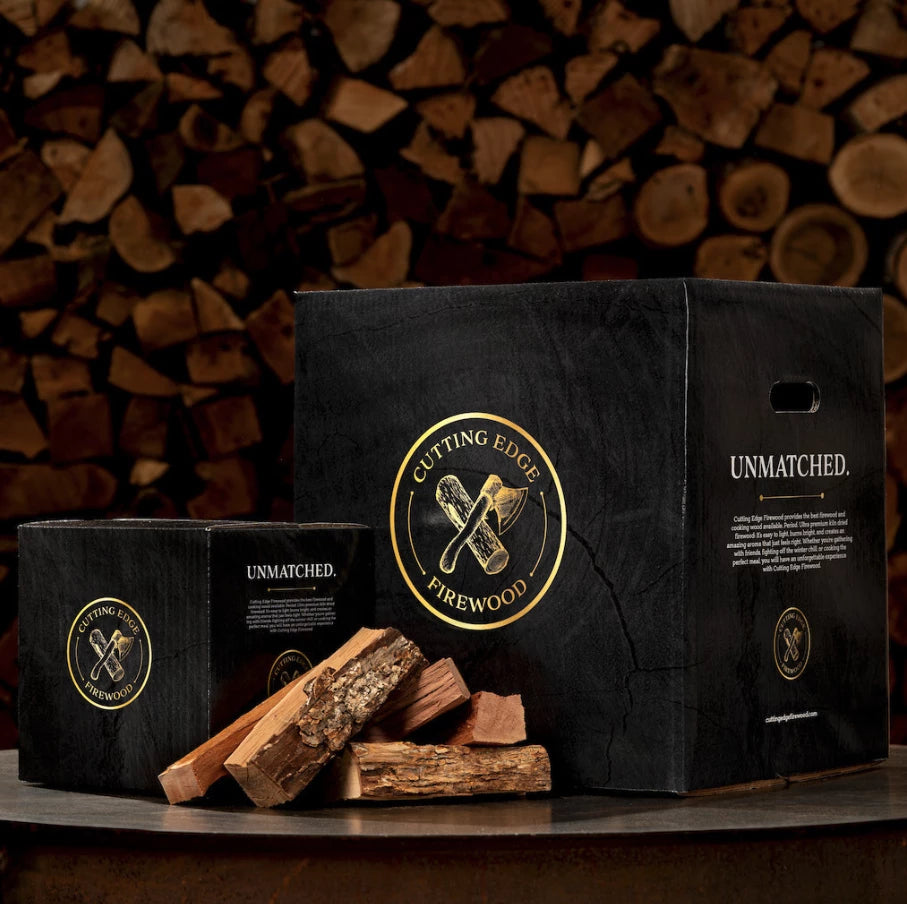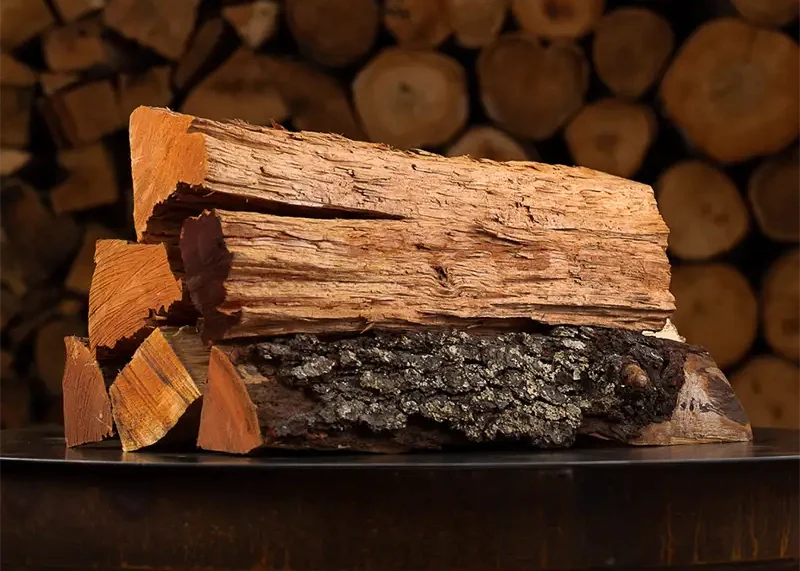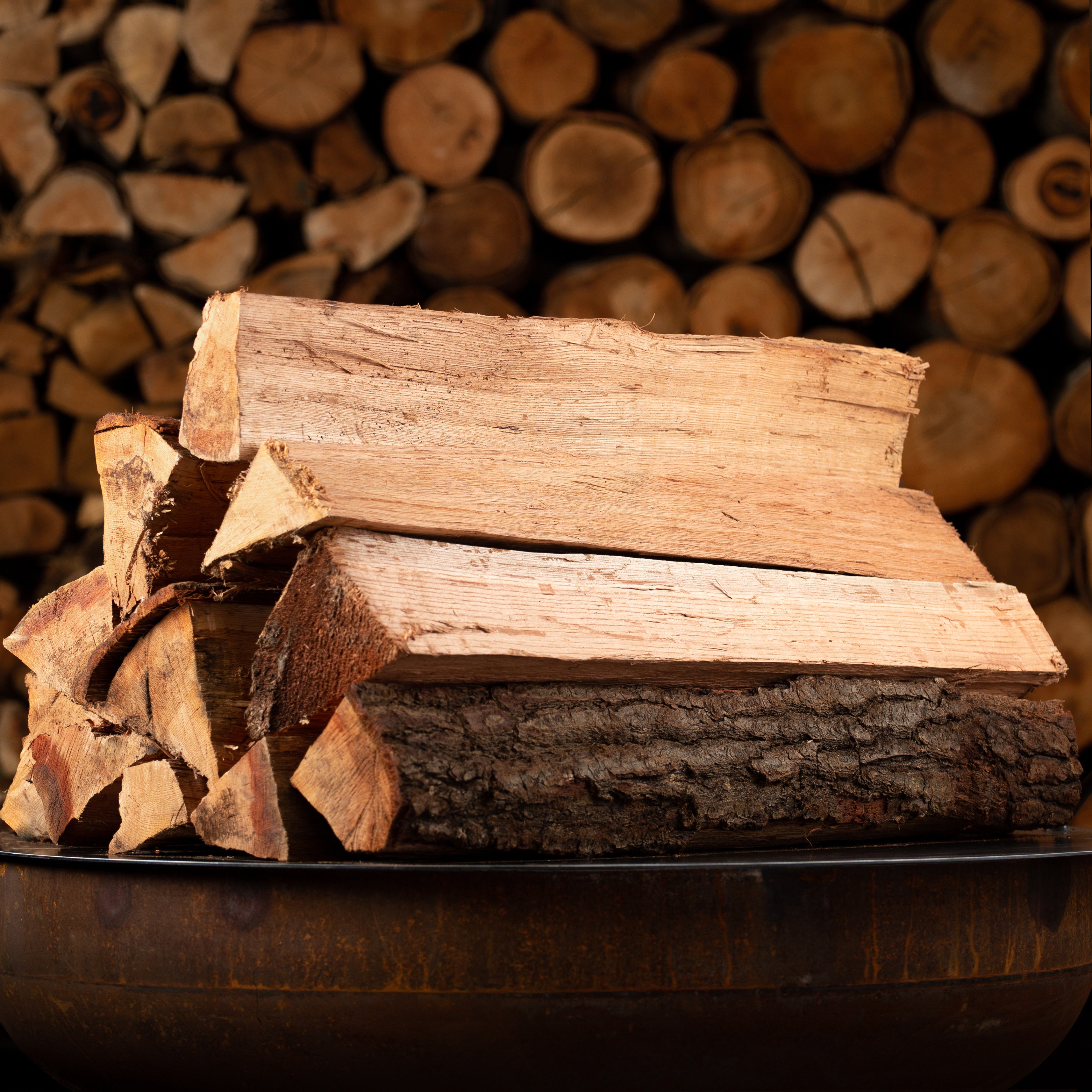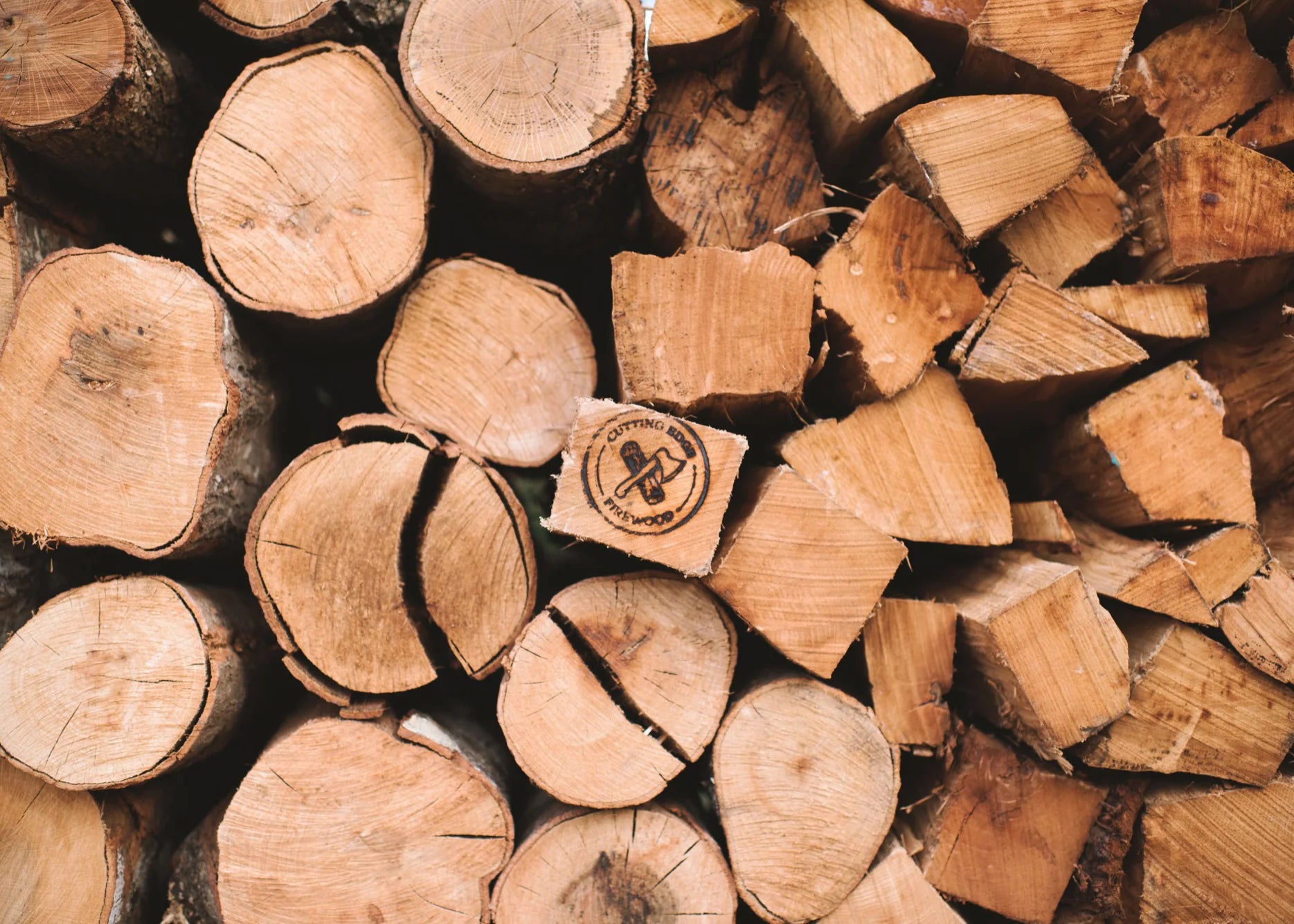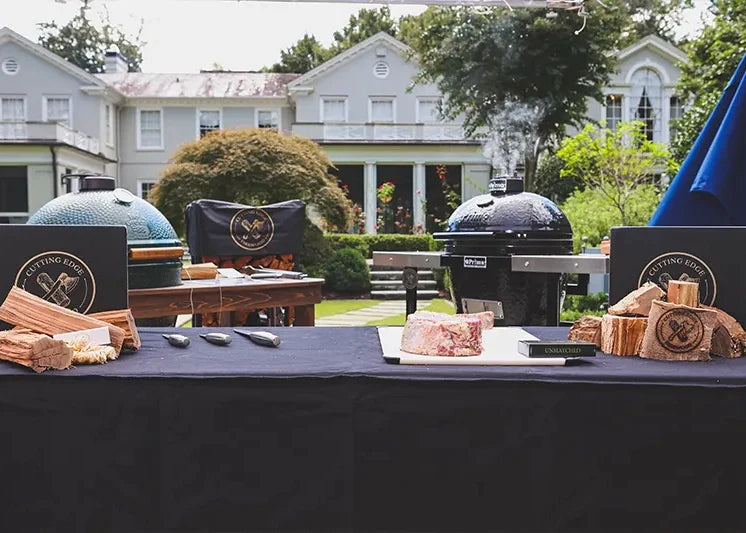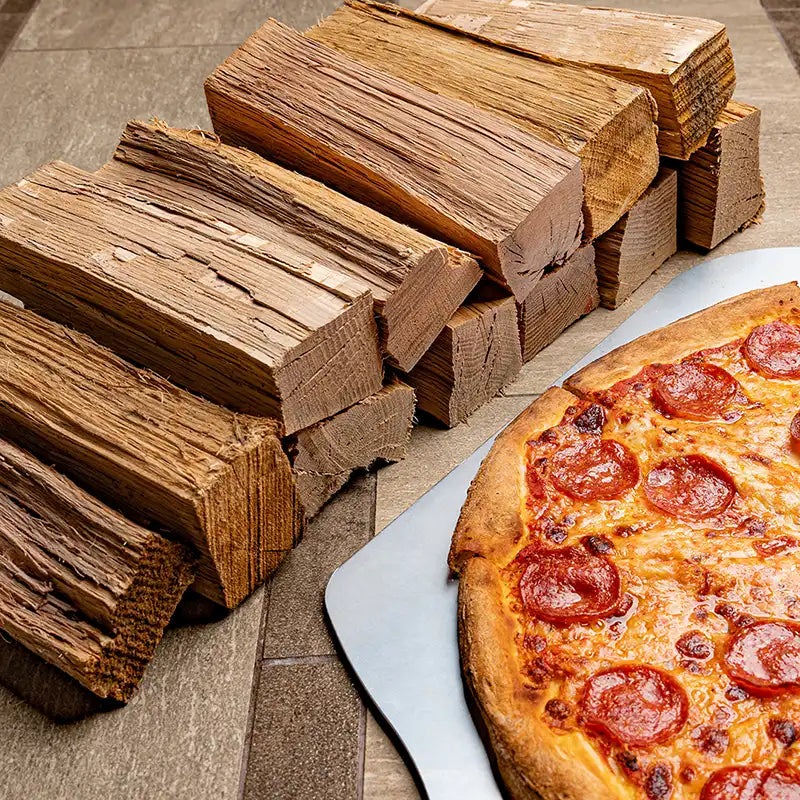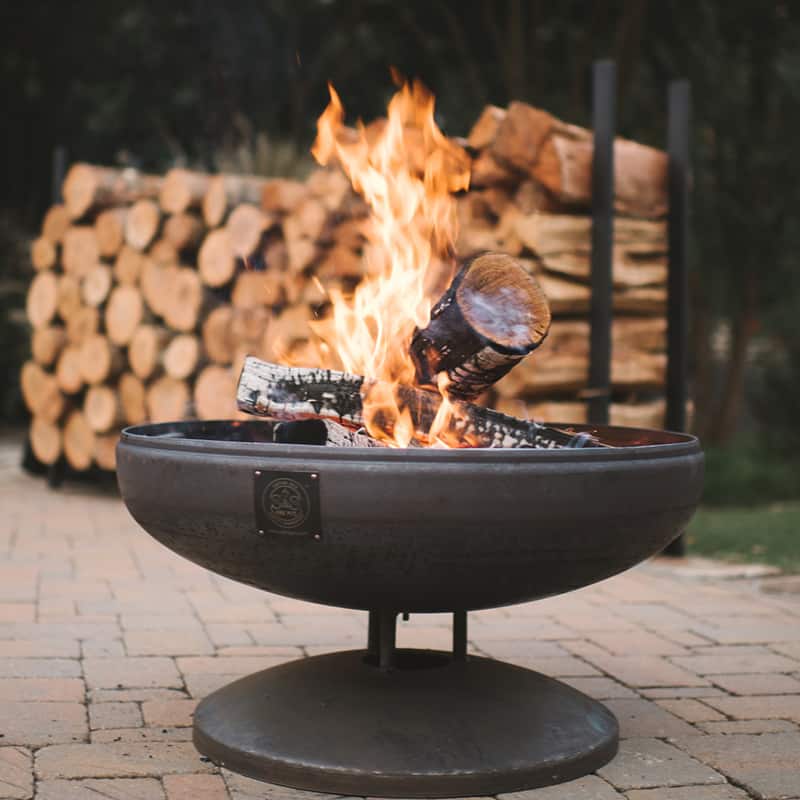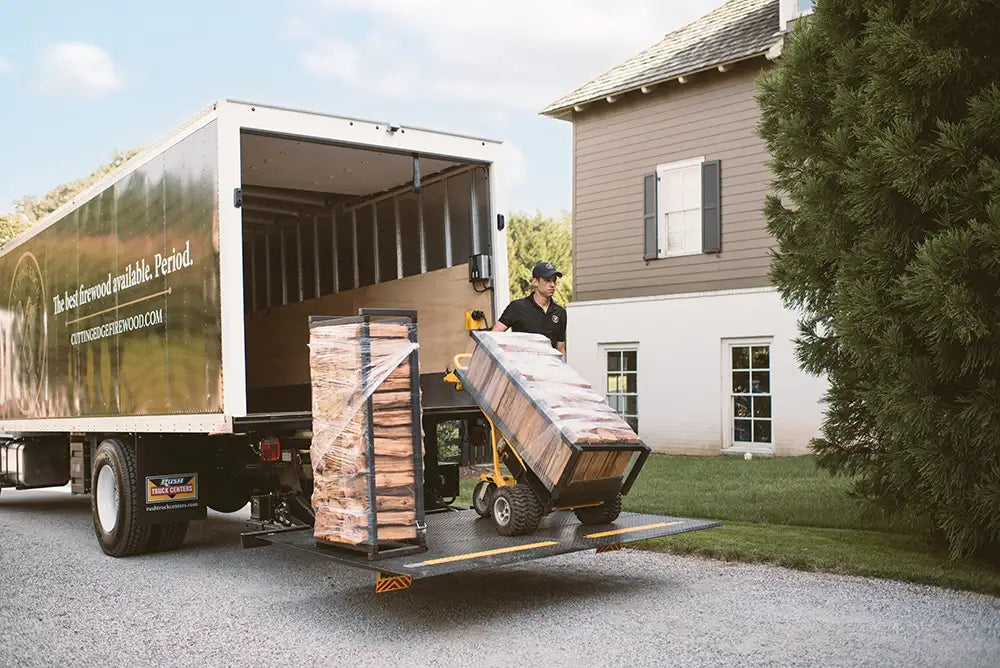Does your wood-burning stove or fireplace feature glass doors on the front? If so, you may discover black smoke stains on it after building a fire. The smoke stains generally form on the interior surface of the glass, and while they generally won't harm the structural integrity of your stove or fireplace, they can create an unsightly appearance. With the right preventative measures and a little bit of cleaning, however, you can protect your wood-burning stove or fireplace from smoke stains.
Why Stoves and Fireplaces Feature Glass Doors
Upon discovering smoke stains on the front of your wood-burning stove or fireplace, you may feel compelled to simply remove the glass doors. After all, if the glass doors are removed, smoke stains can't develop on them. While removing the glass doors is always an option, it's generally best to leave them in your wood-burning stove or fireplace.
Wood-burning stoves and fireplaces don't use just any type of glass. Rather, they feature a special type of heat- and shock-resistant glass known as tempered glass. Even when exposed to the heat of a crackling fire, it won't melt or crack. Tempered glass is designed to withstand the heat-related stress of fires, making this material an excellent choice for stove and fireplace doors.
Most importantly, glass doors increase the performance of your wood-burning stove or fireplace. When the glass doors are closed, they'll trap some heat inside the wood-burning stove or fireplace while also radiating heat into the surrounding space. As the glass doors heat up, they'll project heat into your living home. Removing the glass doors, on the other hand, allows heat to easily escape, thereby reducing the performance of your wood-burning stove or fireplace. So, instead of removing your stove's or fireplace's glass doors, follow these tips to protect them smoke stains.

Place Firewood Close to the Glass Doors
Smoke stains are less likely to occur if you place your firewood close to the glass doors. Some people assume that placing their firewood at the back of their stove or fireplace -- where it's far away from the glass doors -- will prevent smoke stains. In reality, this increases the risk of smoke stains by creating a cooler surface temperature on the glass.
Smoke stains occur when unburned wood matter is released into the air in the form of smoke. By placing your firewood close to the glass doors, the glass will become hotter, allowing for a more efficient and complete combustion process that minimizes the risk of smoke stains. This won't necessarily prevent smoke stains from occurring. When used in conjunction with the other preventative measures listed here, though, it can help you maintain crystal-clear transparency with your stove's or fireplace's glass doors.
Build Larger Fires
Another way to prevent smoke stains on your stove's or fireplace's glass doors is to build larger fires. As previously mentioned, smoke stains are the result of unburned wood matter being released into the air. If you build a fire with just two or three small logs, you can expect a lower temperature. Granted, the wood logs may ignite and burn, but the lower temperature will likely result in excess smoke.
To keep your glass doors clear and smoke free, you should build larger fires using more logs. Depending on the size of the logs, you may be able to use three to six logs. With more logs, your fire will burn hotter to reduce the risk of smoke stains on your stove's or fireplace's glass doors.
Use Kiln Dried Firewood
The most important thing you can do to protect glass doors from smoke stains is to use kiln dried firewood. Some people simply use local wood collected from their backyard or property. Unless the wood has been dried, though, it will produce lots of smoke when burned. This is because fresh wood often has a moisture content of 100% or higher. All this moisture inhibits the wood's combustion process when burned, resulting in the creation of excess smoke.
Kiln fried firewood, however, has significantly less moisture, so it burns more cleanly and with less smoke than fresh or even air dried firewood. Once lit, more of the wood matter is converted into pure heat rather than smoke. You may still notice some smoke when burning kiln dried firewood, but it won't be the thick soot-filled smoke that's commonly associated with glass stains. At the same time, you'll benefit from hotter, brighter and longer-lasting fires when using kiln dried firewood.
Choose Hardwood Firewood
Hardwood varieties of firewood typically burn cleaner than softwood varieties. They contain more organic matter with less moisture, allowing for a more efficient combustion process. Hardwoods aren't necessarily harder, physically, than softwoods. They are simply denser with more organic matter. When burned, the wood matter is converted into clean heat, producing only a small amount of smoke in the process.
Some of the most popular hardwood varieties used to build fires include the following:
- Oak
- Hickory
- Cherry

Open the Damper
Don't forget to all the damper when building fires in your stove or fireplace. All stoves and fireplaces feature an adjustable vent in the flue. Known as a damper, it allows you to control airflow with your stove or fireplace. When the damper is closed, outdoor air won't be able to enter your home through the flue. Unfortunately, heat or smoke won't be able to escape your stove or fireplace when the damper is closed, either.
When building fires inside your stove or fireplace, make sure the damper is completely open. If it's closed, even just partially, smoke will accumulate inside your stove or fireplace, which may stain the glass doors. Of course, it will also trap toxic gases like carbon monoxide inside your home. Whether you're building a small fire or a large fire, always open the damper. If the damper is stuck closed, repair or replace it before using your stove or fireplace.
How to Clean Glass Doors
Following these tips will help to prevent smoke stains on the glass doors of your stove or fireplace. But what is the glass doors already have smoke stains? Unless they are cracked or otherwise physically damaged -- which is rare with tempered glass -- you can revitalize them back their original appearance in just a few easy steps. First, make sure glass doors are completely cool. If you recently built a fire in your stove or fireplace, you may need to wait up to 24 hours for the glass doors to cool. Once cool, use a clean lint-free washcloth with distilled white vinegar to clean the interior of the glass doors.
If you don't have any vinegar available, you can use firewood ash to clean the glass doors. Like store-bought glass cleaning products, firewood ash has a high alkalinity. Furthermore, it's semi-abrasive properties allows it to scrape away soot without damaging glass. To clean your stove's or fireplace's glass doors with ash, sprinkle a small amount of cool ash on a damp paper towel, after which you can use the paper towel to scrub the glass doors.
Stock up on premium kiln dried firewood by visiting our online store today. We offer a variety of kiln dried firewood, including oak, hickory and more that will help you build cleaner fires with less smoke.

